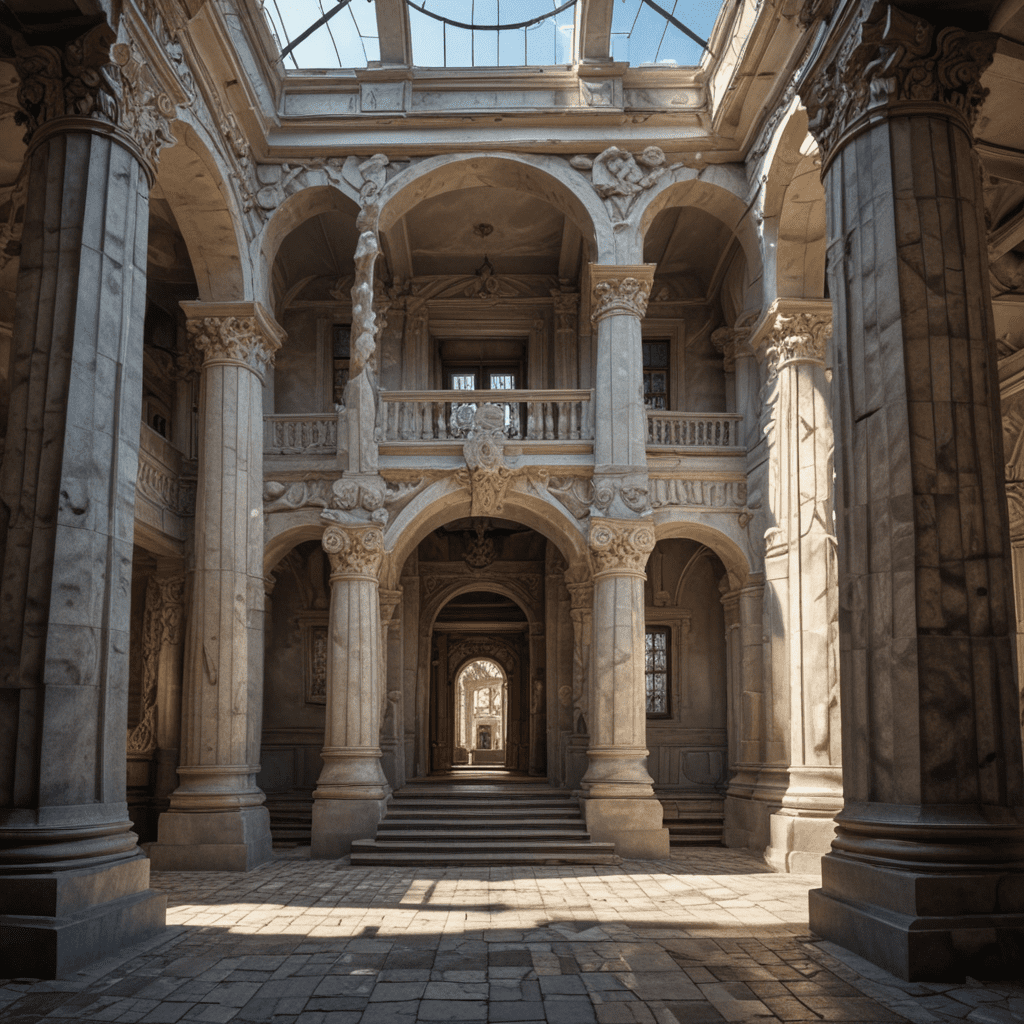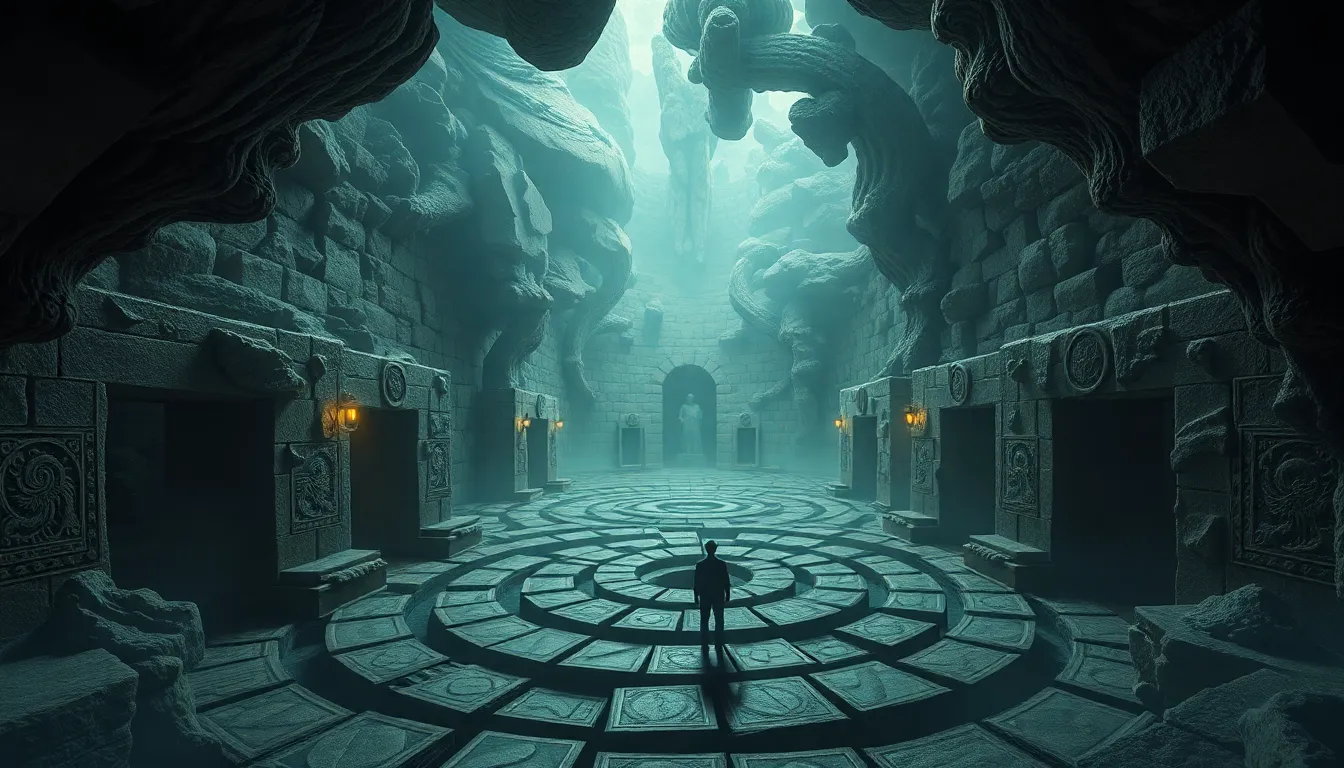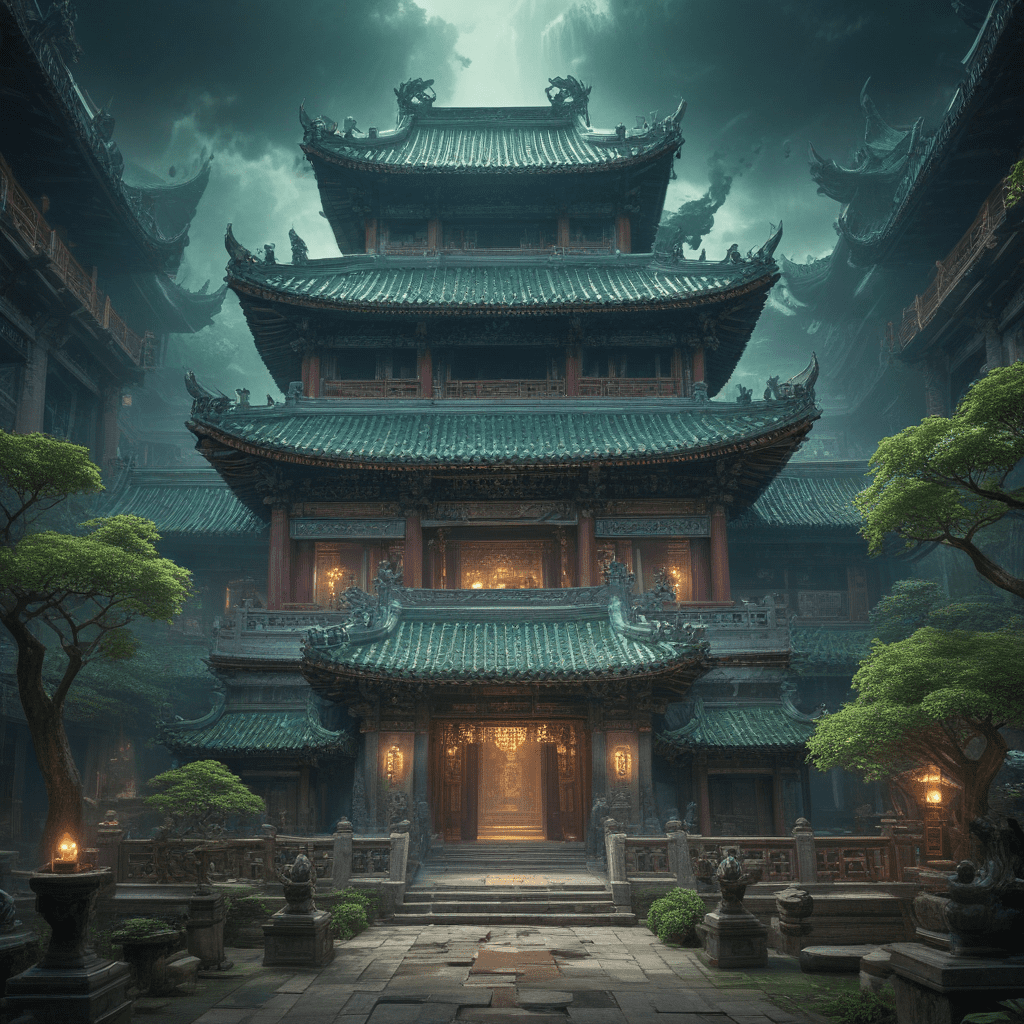1. Introduction
Finnish mythology is a rich and captivating tapestry of folklore, legends, and beliefs that have deeply influenced Finnish culture, art, and architecture. The stories and characters of Finnish mythology have provided inspiration for architects over the centuries, resulting in iconic buildings that embody the spirit of the Finnish people and their connection to the natural world.
2. The Significance of Finnish Mythology
Finnish mythology is deeply rooted in the country's history and natural environment. The ancient Finns believed in a pantheon of deities, spirits, and mythical creatures that inhabited the forests, lakes, and rivers of their homeland. These beliefs played a significant role in shaping their worldview and their relationship with the natural world.
3. The Role of Nature and Landscape in Finnish Mythology
Nature occupies a central place in Finnish mythology. The forests, lakes, and other natural features of the Finnish landscape were believed to be the dwelling places of spirits and deities. Trees, rocks, and animals were often imbued with magical powers and were revered as sacred objects. This reverence for nature is reflected in Finnish architecture, with many buildings designed to minimize their impact on the surrounding environment.
4. Architectural Symbolism Derived from Nature
Finnish architects have drawn inspiration from the natural world to create symbolic elements in their buildings. For example, the curving roofs of many Finnish churches mimic the shape of the sky, while the use of natural materials such as wood and stone reflects the country's close relationship with nature.
5. The Influence of Mythological Beings on Design
Mythological beings also play a significant role in Finnish architecture. The mythical Kalevala hero Väinämöinen is often depicted in carvings and other decorative elements, while other mythological creatures such as forest spirits and water deities have inspired the design of fountains and other structures.
6. The Use of Natural Materials in Finnish Architecture
Finnish architects have a deep respect for natural materials, which they believe are essential for creating buildings that are in harmony with the surrounding environment. Wood is the most commonly used material in Finnish architecture, and it is often used in its natural state to emphasize the beauty of the wood grain. Stone, brick, and glass are also popular materials, and they are often combined with wood to create a sense of warmth and comfort.
7. The Integration of Mythological Elements into Modern Buildings
Even in modern Finnish architecture, the influence of mythology can be seen. Contemporary architects have found new ways to incorporate mythological elements into their designs, such as using abstract shapes and patterns that evoke the natural world. For example, the Finlandia Hall in Helsinki, designed by Alvar Aalto, features a curved roof that resembles a wave, which is a reference to the Finnish myth of the creation of the world from the sea.
8. The Influence of Saunas and Other Ritual Spaces
Saunas have a long history in Finnish culture, and they are believed to have originated in ancient rituals. Traditional saunas are often built in a separate building, and they are used for both physical and spiritual cleansing. The heat and steam of the sauna are believed to have therapeutic benefits, and they are also used for social gatherings and relaxation.
9. Contemporary Examples of Finnish Mythology-Inspired Architecture
There are many contemporary examples of Finnish mythology-inspired architecture. One of the most striking is the Kiasma Museum of Contemporary Art in Helsinki, designed by Steven Holl. The museum's facade is made of glass and aluminum, and it is shaped like a wave, which is a reference to the Finnish myth of the creation of the world from the sea.
10. Conclusion: The Enduring Legacy of Finnish Mythology in Architecture
Finnish mythology has had a profound influence on Finnish architecture, and its legacy can be seen in buildings throughout the country. From the traditional wooden churches of the countryside to the modern skyscrapers of Helsinki, Finnish architecture is a reflection of the Finnish people's deep connection to their natural environment and their rich mythological heritage.
FAQ
Q: What are some of the most famous examples of Finnish mythology-inspired architecture?
A: Some of the most famous examples of Finnish mythology-inspired architecture include the Finlandia Hall in Helsinki, the Kiasma Museum of Contemporary Art in Helsinki, and the Säynätsalo Town Hall in Säynätsalo.
Q: How does Finnish mythology continue to influence contemporary architecture in Finland?
A: Finnish mythology continues to influence contemporary architecture in Finland through the use of abstract shapes and patterns that evoke the natural world, as well as the integration of mythological elements into building designs.
Q: What are some of the key characteristics of Finnish mythology-inspired architecture?
A: Some of the key characteristics of Finnish mythology-inspired architecture include the use of natural materials, the integration of mythological elements into building designs, and the creation of spaces that are in harmony with the surrounding environment.




